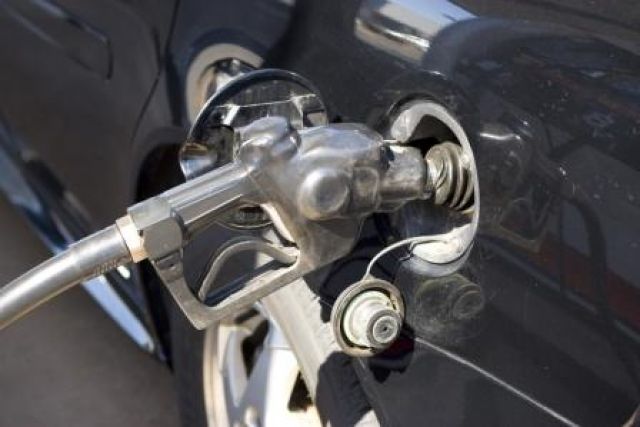Gas Prices Are Falling In Pennsylvania and Around the Country
Gasoline prices are falling nationwide and some analysts think prices could still go lower. You can thank the change in seasons, with the change over to the less expensive fall/winter fuel blend. But that’s not the only reason prices at the pump dropped again over the weekend in Pennsylvania.
Jenny Robinson of AAA Mid-Atlantic says after Labor Day, summer travel demand dropped. Meanwhile, crude oil fell to under 80 dollars a barrel. Demand is running about 2% behind last year, according to most analysts. The bleak economic outlook noted by the Federal Reserve and fears around the world for a global economic recession are additional factors in the prices. Gasoline inventories are also up.
Robinson says the Pennsylvania gas average is now at $3.54 a gallon. It dropped about a nickel last week, then another four cents over the weekend. She says it could continue to improve as we go through the fall, possibly coming down another 10 to 20 cents or more. While the prices are higher than last year, they’re lower than they were in the spring and summer.
Robinson says we could see prices start to go back up heading into the winter, depending on how supplies change due to the weather and other factors. It’s not clear how long lived the decrease will be.
Robinson says AAA’s Fuel Finder can help you find the lowest prices in your area.





